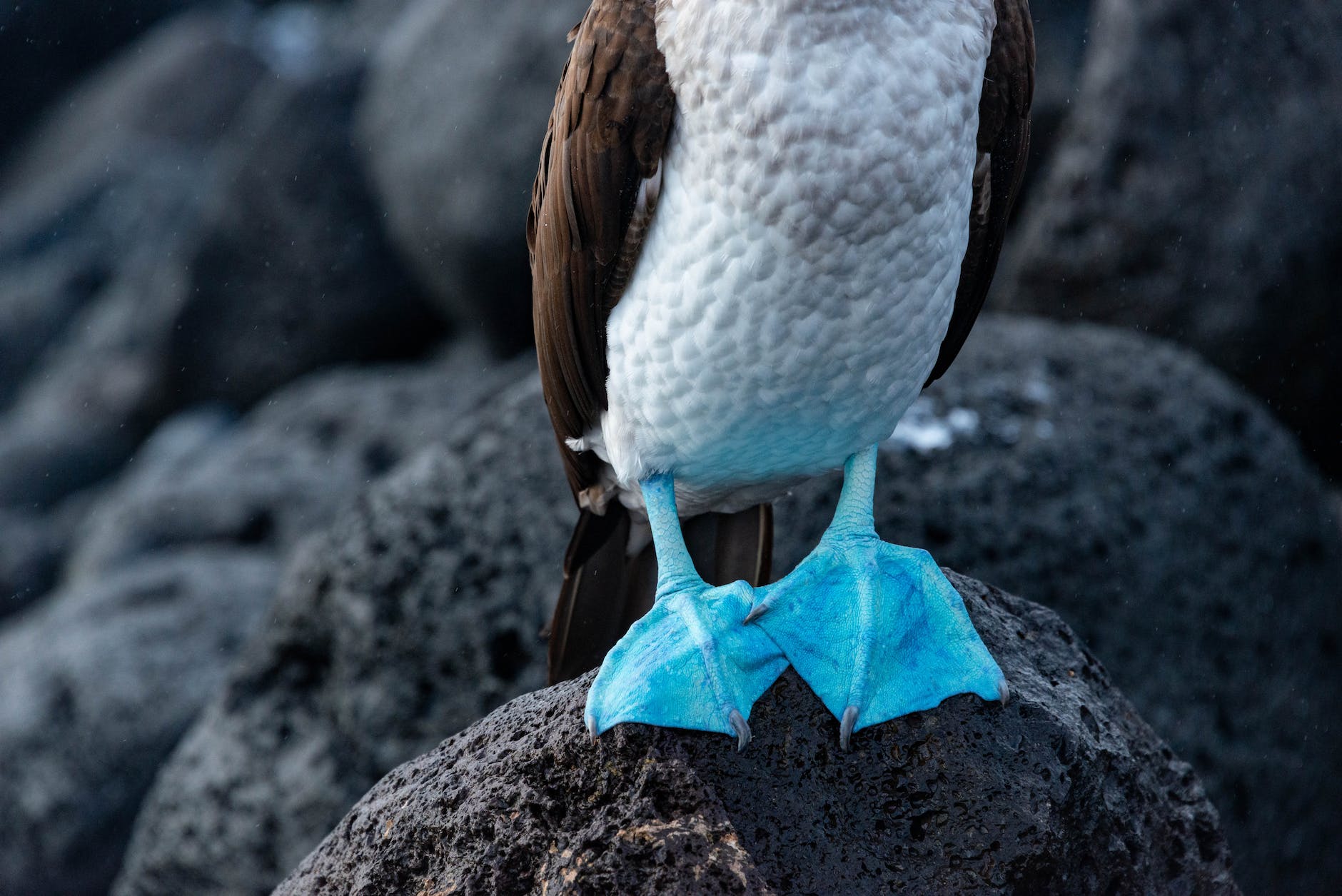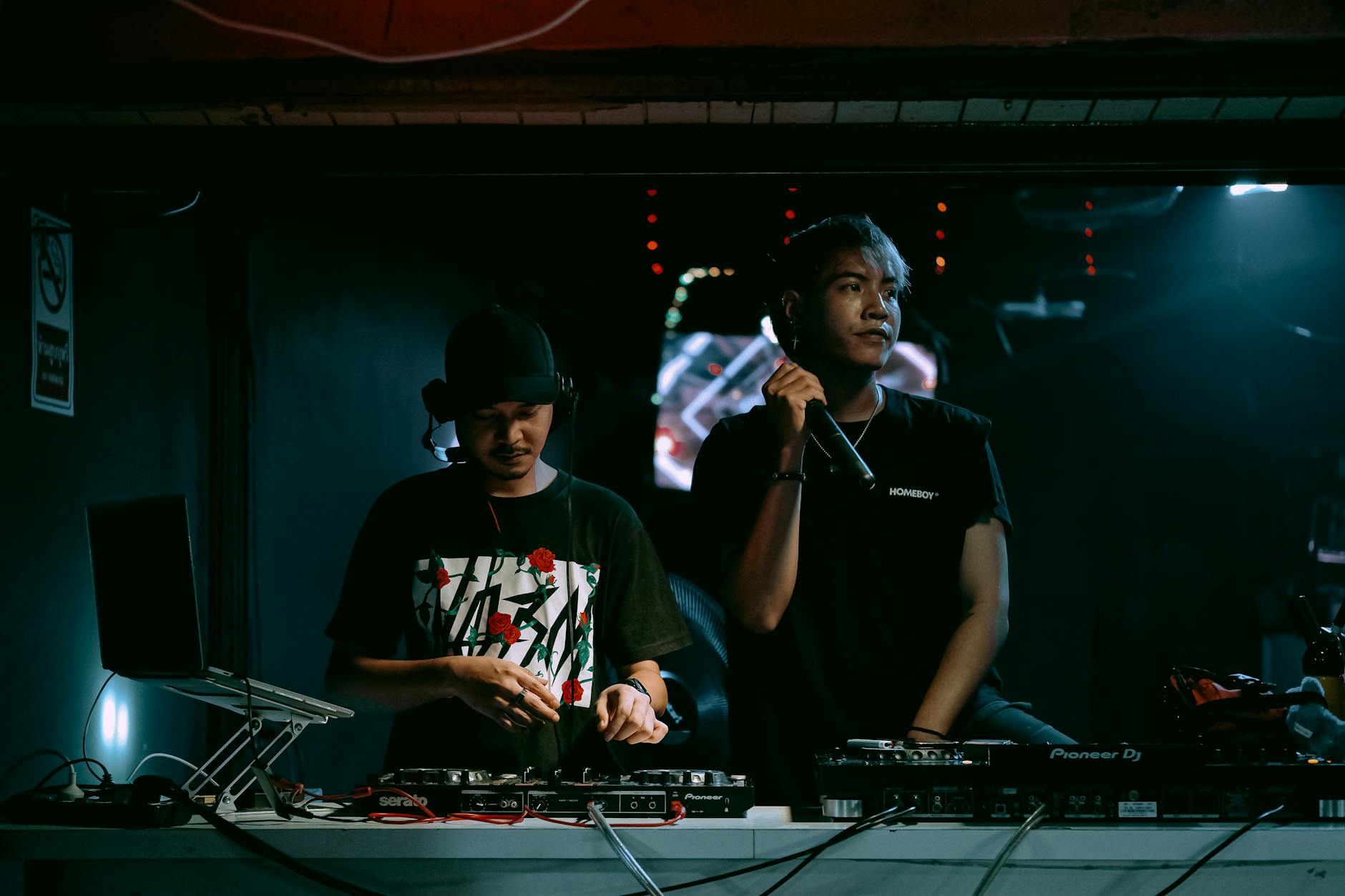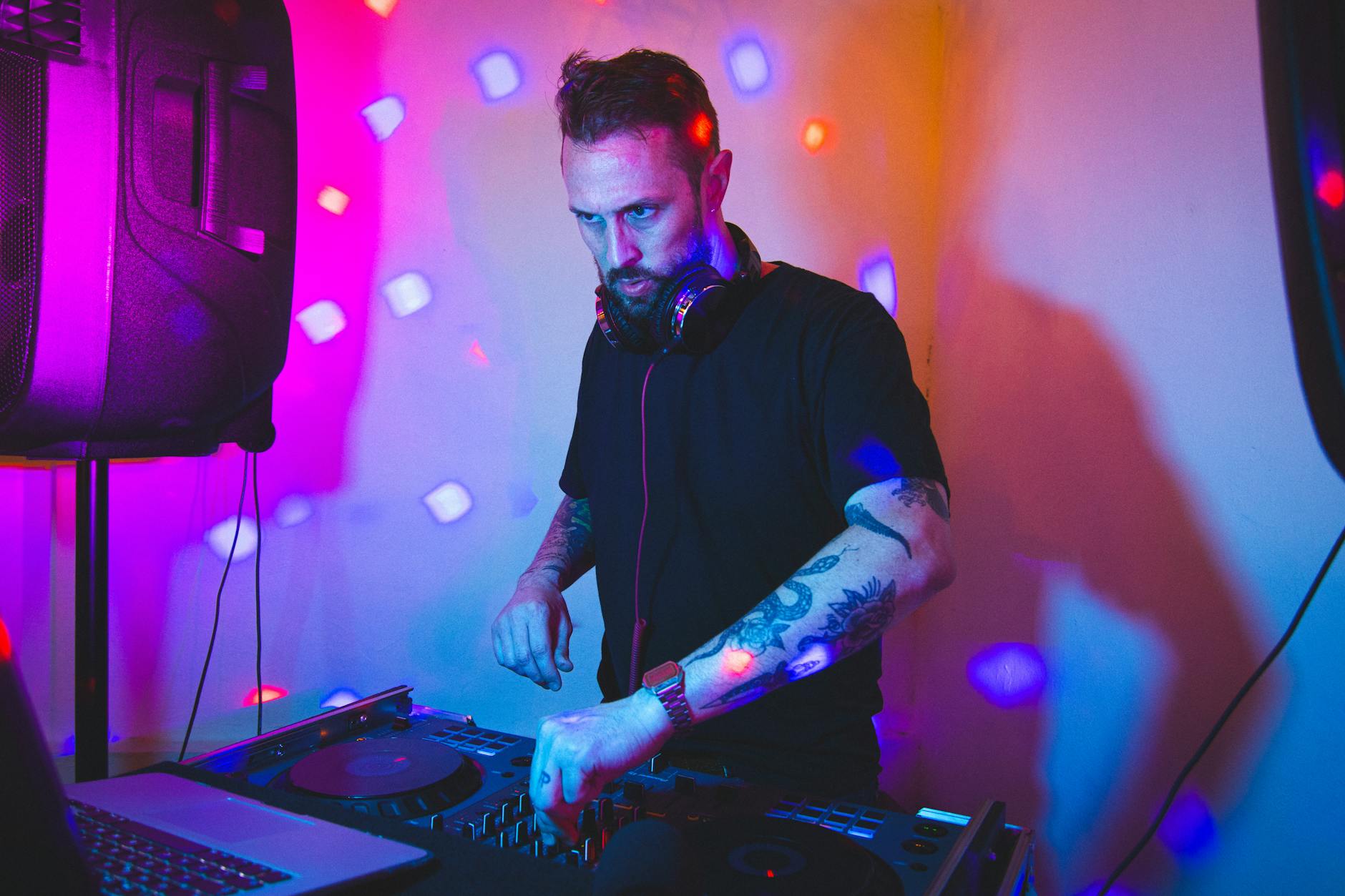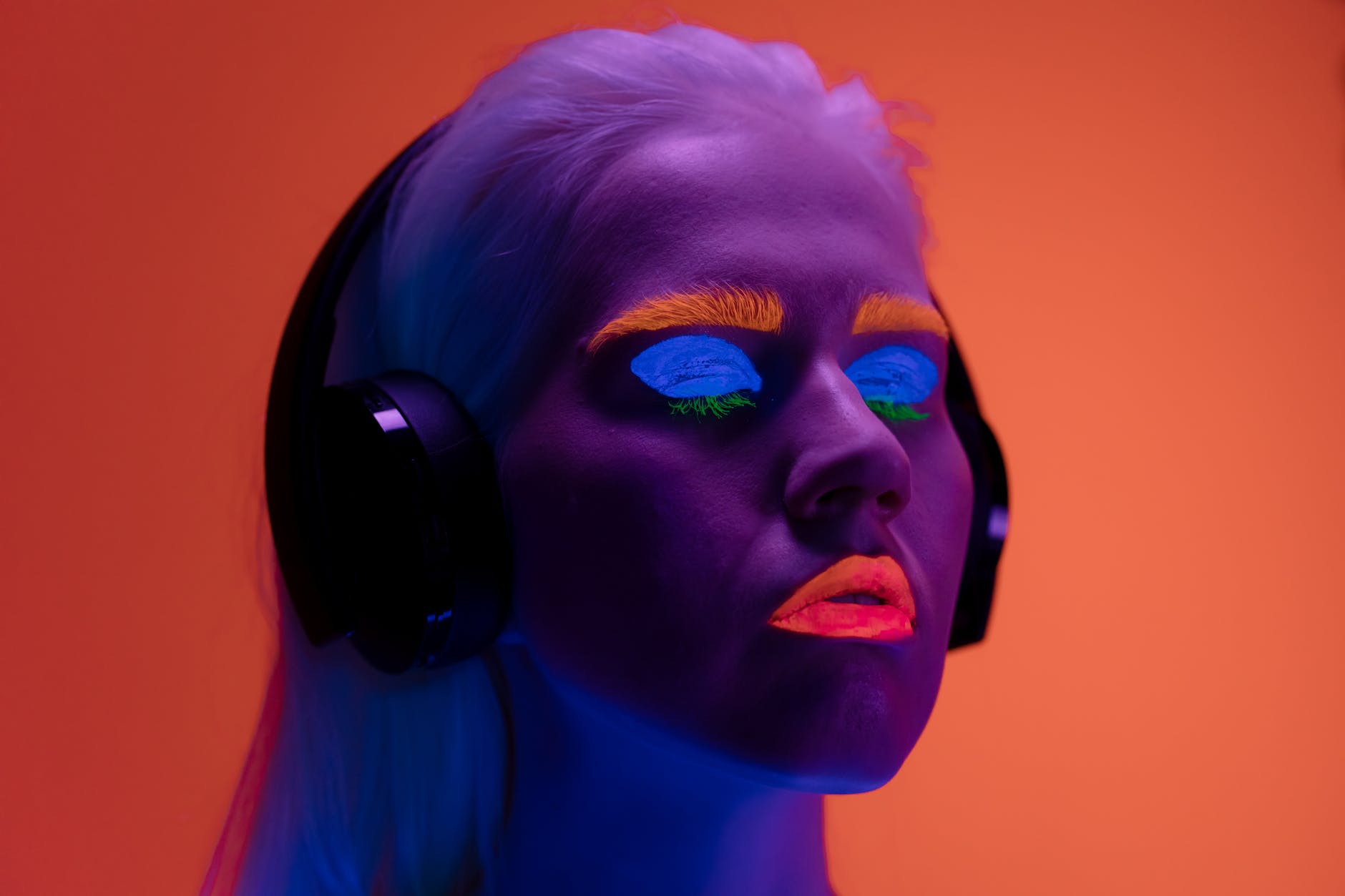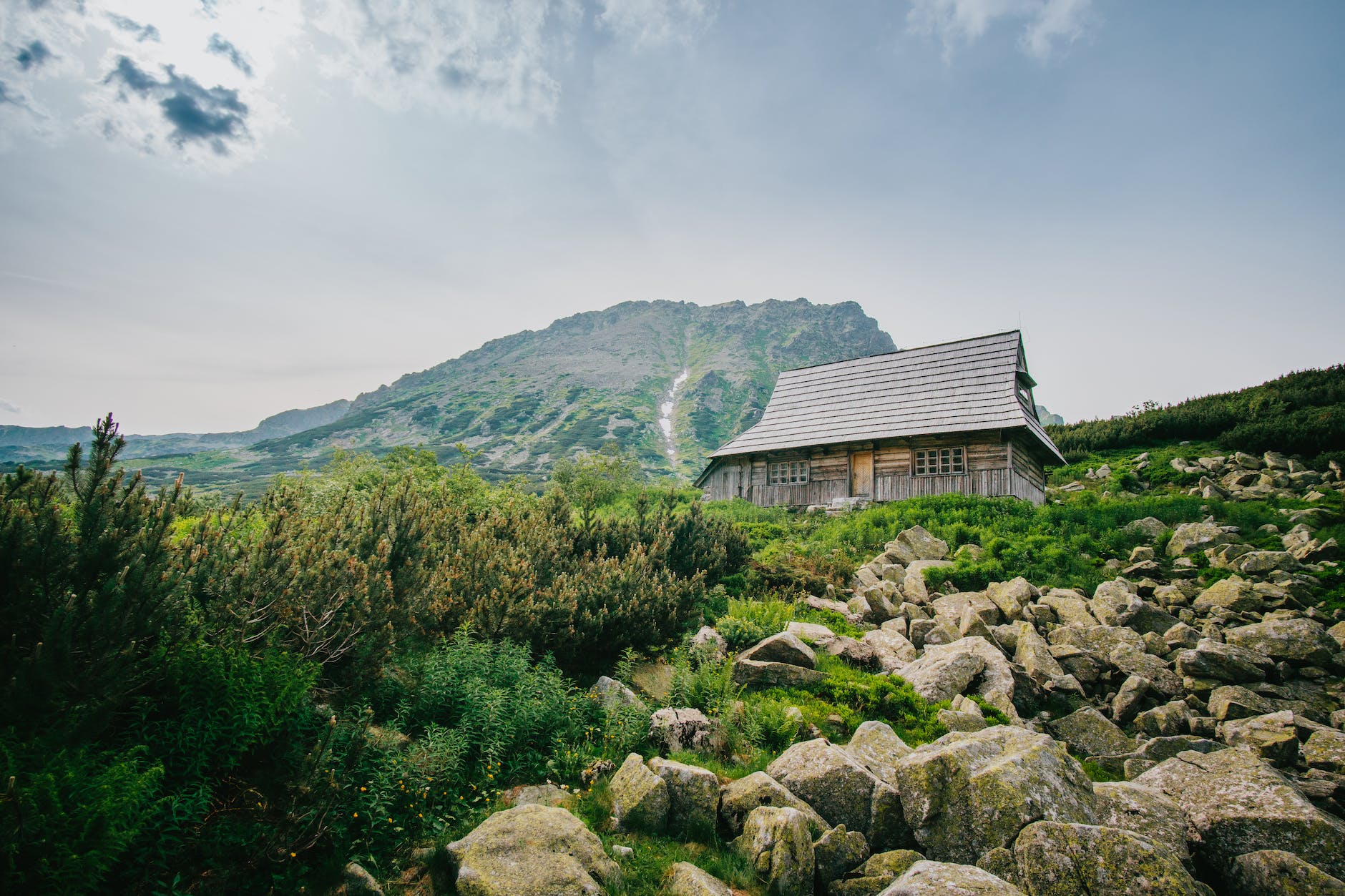From Woodstock to Burning Man, the immersive landscapes of psychedelic culture have offered a vibrant space for a different sort of communion. The psychedelic era is proof positive of music’s power to inspire, uniting people in powerful shared spiritual experiences.
It all began with psychedelic rock in the mid-1960s. Drawing from blues, folk, and rock ‘n’ roll, bands such as The Grateful Dead, Jefferson Airplane, and Pink Floyd pushed boundaries and subverted expectations. By twisting rhythm and tonality, they produced otherworldly sounds that echoed the kaleidoscopic warmth of LSD trips, pulling listeners into an alternate consciousness. The Grateful Dead in particular embodied the ethos of the psychedelic music scene, revolving around improvisation, expansive jams, and an unending pursuit of transcendence.
As the genre evolved, hybrids were formed. Elements of jazz, reggae, folk, and even classical music discovered a home in what would later be termed fusion genres. These broad measures of influence created a vast and nebulous musical landscape that is still being explored today.
As technology advanced, electronic music became prominent in the psychedelic culture. Electronic psytrance, with its fast-paced beat and intricate layers of synths and samples, emerged from the underground rave scene to take the spotlight. Artists like Infected Mushroom and Vini Vici pushed the boundaries and redefined the essentials of psychedelic music, taking listeners on a sonic journey that echoes far beyond the dance floor. Psytrance focuses on inducing a trance state, often invoking spiritual experiences or journeys known in shamanic cultures. It’s in this intricate web of high BPMs and surreal soundscapes that shamanic music and electronic dance music intersect.
Central to the aesthetic of psychedelic music is the festival culture. This camaraderie takes physical form in multi-day gatherings that celebrate music, art, and nature. Woodstock, held in 1969, was a turning point and remains a symbol of the counterculture movement. More recently, Burning Man has become an emblem for modern psychedelic culture, drawing people from different walks of life to experience, to share, and to connect.
Festivals like these are also recognised for their art installations and trippy visuals, both aspects further stimulating the senses to fully immerse attendees in an altered state of consciousness. These visual representations play an essential role in the psychedelic experience, driving the narrative and transforming the music into a multisensory journey.
Psychedelic culture is a beautiful celebration of unity in diversity. Its practitioners draw from various traditions while reinventing and reshaping them into something personal and contemporary. Behind the trippy visuals, the fusion genres, and the iconic festivals, one finds a subculture defined by radical self-expression and a craving for deep, spiritual experiences.
This rich tapestry forms a significant thread in the fabric of alternative culture. It is a testament to the power of music as a catalyst for personal and cultural transformation, challenging boundaries and norms, and catalysing change. Psychedelic culture is not just about altering one’s perception; it’s about reshaping reality itself to cater to new horizons and limits previously out of reach.
In essence, the history of psychedelic music and culture is a story of exploration – a journey through the recesses of the human mind and the boundless universe beyond our earth. In their quest for freedom, unity, and transcendence, participants have carried the torch through the decades, continually expanding boundaries and exploring new territories, ensuring that the trip goes on.
Whether one has dipped their toes in or dove headfirst into the psychedelic culture, the profound impact and transformative potential of this unique journey through sound and sight are undeniable. It’s a colourful odyssey—the ultimate trip.




